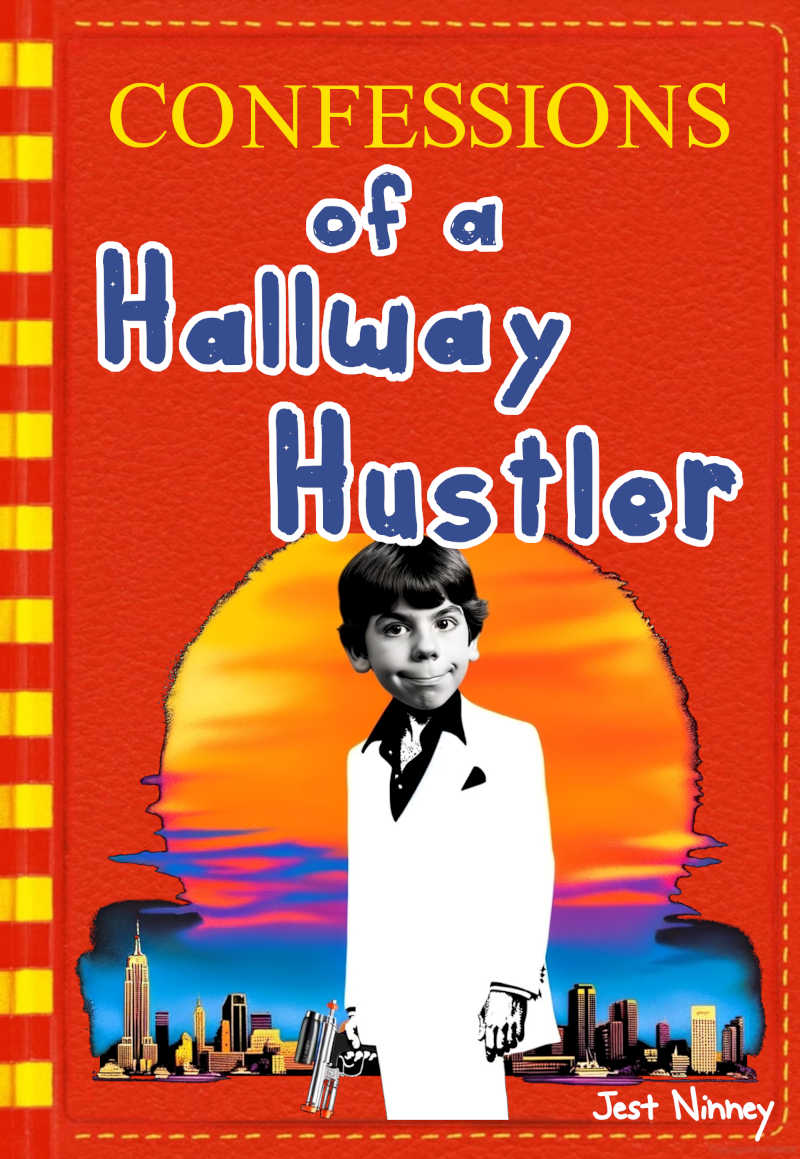Introduction
Parody is a form of satire that imitates the style or content of a subject to create a humorous or critical effect. In the world of entertainment, both movies and television shows have effectively employed parody to comment on various aspects of society, including politics, culture, and human behavior.
This article will explore the use of parody in five movies and five television shows, examining what each targets, how it employs parody, and the subtext of the parody.
Movies
1. “Airplane!” (1980)
Target
The disaster film genre, specifically airplane disaster movies like “Airport” (1970).
How It Parodies
“Airplane!” mimics the structure and tropes of disaster films but exaggerates them to absurd levels. For example, it features overly dramatic characters and situations, such as a pilot who’s afraid to fly.
Subtext
The subtext is a critique of the melodramatic and formulaic nature of disaster films. It also comments on how society can be overly dramatic about crises.
2. “Scary Movie” (2000)
Target
Horror films, particularly the teen slasher sub-genre represented by movies like “Scream” (1996).
How It Parodies
“Scary Movie” takes the conventions of horror films—such as the invincible killer and the clueless victims—and makes them laughable. For instance, characters deliberately make poor decisions that lead to their demise.
Subtext
The film highlights the absurdity and predictability of horror movies, questioning why characters in these films often lack common sense.
3. “Tropic Thunder” (2008)
Target
The Hollywood film industry, specifically war films and method acting.
How It Parodies
The movie is about actors who are making a war film but find themselves in a real-life combat situation. It mocks the self-importance of actors and directors in the film industry.
Subtext
“Tropic Thunder” critiques the Hollywood system, which often takes itself too seriously and can be out of touch with real-world issues.
4. “The Princess Bride” (1987)
Target
Fairy tales and fantasy novels.
How It Parodies
The film employs classic fairy tale elements like a damsel in distress and a heroic prince but subverts them. For example, the princess is strong-willed, and the hero is motivated by revenge rather than pure love.
Subtext
The movie challenges traditional gender roles and the idealized notions of love and heroism often portrayed in fairy tales.
5. “This Is Spinal Tap” (1984)
Target
Rock documentaries and the music industry.
How It Parodies
The film is a mockumentary that follows a fictional rock band. It mimics the style of serious documentaries but features exaggerated characters and situations, like an amplifier that goes up to 11.
Subtext
The film comments on the absurdity and pretentiousness of rock culture, highlighting how fame can lead to a distorted sense of self-importance.
Television Shows
1. “Saturday Night Live” (SNL)
Target
Current events, politics, and popular culture.
How It Parodies
SNL uses sketches that mimic real-life figures and situations, exaggerating them for comedic effect. For example, political figures are often impersonated to highlight their quirks or controversial policies.
Subtext
The show serves as a critique of various societal and political issues, using humor to bring attention to serious matters.
2. “The Simpsons”
Target
American family life and social institutions.
How It Parodies
The show uses the format of a family sitcom to satirize various aspects of American culture. For instance, the character of Homer Simpson is a parody of the typical American father but with exaggerated flaws.
Subtext
“The Simpsons” comments on the complexities and contradictions of American society, often highlighting its shortcomings.
3. “South Park”
Target
Various social, cultural, and political issues.
How It Parodies
The show uses crude humor and exaggerated characters to mock a wide range of topics. For example, it has parodied the American education system through its portrayal of a dysfunctional school.
Subtext
“South Park” aims to provoke thought about societal norms and values, often pushing boundaries to make its point.
4. “Family Guy”
Target
American culture, particularly through the lens of a dysfunctional family.
How It Parodies
The show employs cutaway gags and references to pop culture to make its points. For example, it often parodies famous movies or TV shows within its episodes.
Subtext
“Family Guy” critiques the absurdity of American life, questioning societal norms and expectations.
5. “Black Mirror”
Target
Technology and its impact on society.
How It Parodies
While not a comedy, “Black Mirror” uses the format of a sci-fi anthology to offer a satirical look at technological advancements. For example, the episode “Nosedive” parodies social media culture.
Subtext
The show warns against the potential dangers of technology, questioning how it can negatively impact human behavior and society.
Conclusion
Parody serves as a powerful tool for critique and commentary in both movies and television shows. Whether it’s mocking the Hollywood film industry in “Tropic Thunder” or satirizing American politics in “Saturday Night Live,” the use of parody allows creators to shed light on various societal issues while entertaining audiences.
As we continue to consume media, the role of parody in offering both humor and insight remains invaluable.
Further study
- Hutcheon, L. (1985). A Theory of Parody: The Teachings of Twentieth-Century Art Forms. University of Illinois Press.
- Gray, J., Jones, J., & Thompson, E. (2009). Satire TV: Politics and Comedy in the Post-Network Era. NYU Press.
- Dentith, S. (2000). Parody. Routledge.
- Hariman, R. (2008). Political Parody and Public Culture. Quarterly Journal of Speech, 94(3), 247-272.
Note: This article is written for educational purposes and aims to provide an objective overview of the subject. It does not endorse any political views.

